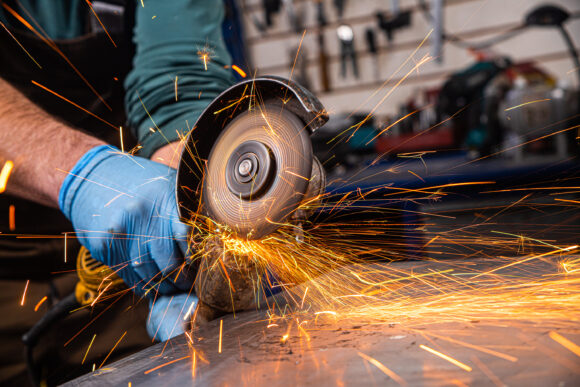Auto collision repair backlogs, first noted this summer, aren’t getting any better and will likely continue next year, according to a new report by CCC Intelligent Solutions.
CCC said that 85% of the collision repair shops that use its technology report they are scheduling new work two weeks or more into the future. Both the share of shops that reported at least some backlog and the average wait time remain at the highest level seen in past six years, the report says.
CCC, citing data from the Crash Network publication, said that repair wait times that previously average about two weeks jumped to over three weeks in the third quarter of 2021 and climbed to four weeks and remained there throughout 2022.
Labor shortages and a parts availability are to blame, CCC says. The overall number of collision technicians dropped to about 153,000 in 2020, down from 160,000 in 2016, according to data from the TechForce Foundation published last year.
Auto shops are coping with the labor shortage by offering higher wages and additional benefits. Nevertheless, the Bureau of Labor Statistics projects only 3% annual growth in the number of automotive body and glass repairers from 2021 through 2031, compared to 5% growth for all occupations, CCC said.
Auto repairs are also taking longer because new cars are increasingly complex and parts deliveries are frequently delayed. The amount of hours in which repair technicians actually worked on the cars in their repair shops dropped to 2.2 per day during the first quarter of 2022, compared to 3.7 hours during the same period of 2017, the CCC report says.
Fewer hours of labor per day means the car is spending more time in the shop with no work being done.
Consumers are also taking longer to report auto losses to insurers. CCC said the average report for a loss when the car was still drivable was 8.6 days during the first nine months of 2022, up from 7.8 days during the same period of 2019. For non-drivable losses, the average report was made in 4.4 days for the first nine months of this year, compared to 3.9 days for 2019.
The amount of time elapsed from crash to appraisal has also increased. CCC said appraisals for drivable claims increased to an average of 8.8 days in the first nine months of 2022, compared to 4.8 days for the same period of 2019. Appraisals for non-drivable claims took an average of 5.4 days this year compared to 3.9 days in 2019.
“These trends will continue into 2023, which makes understanding market conditions, vehicle repair requirements, and where to invest in training and tools even more important,” the CCC report says.
Was this article valuable?
Here are more articles you may enjoy.


 Flooding in California Leads to Soaked Roads, Water Rescues and 1 Death
Flooding in California Leads to Soaked Roads, Water Rescues and 1 Death  ‘Door Knocker’ Roofers Were Everywhere. NC Farm Bureau Saw an Opportunity
‘Door Knocker’ Roofers Were Everywhere. NC Farm Bureau Saw an Opportunity  Trump Sues BBC for $10 Billion Over Documentary Edit
Trump Sues BBC for $10 Billion Over Documentary Edit  J&J Talc Jury Awards $1.56 Billion to Asbestos Cancer Victim
J&J Talc Jury Awards $1.56 Billion to Asbestos Cancer Victim 